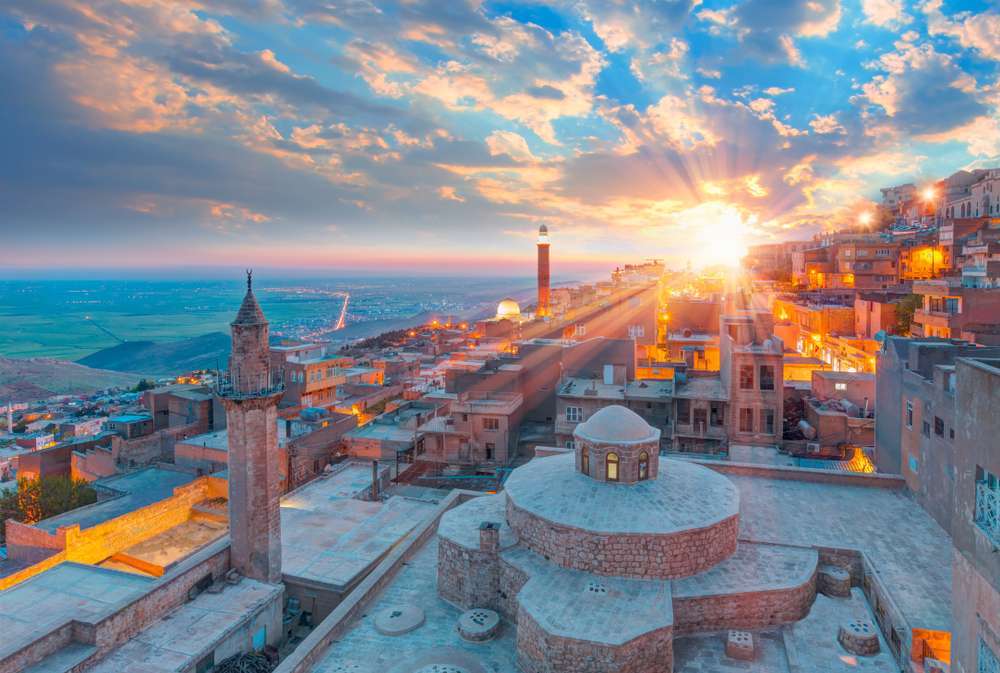Turkey, a crossroads of civilizations and a bridge between East and West boasts a rich tapestry of ancient cities that stand as testaments to its historical significance. From the grandeur of Ephesus to the mystique of Troy, each ancient city unveils layers of culture, architecture, and stories that have shaped the course of history. In this cultural odyssey through Turkey, we will explore some of the most remarkable ancient cities that transport modern-day travelers to a bygone era.
Ephesus: The Grandeur of Greco-Roman Civilization
Ephesus, once a thriving port city and a jewel of the Roman Empire, stands as one of the most well-preserved ancient cities in the world. The ruins of Ephesus showcase the grandeur of Greco-Roman civilization, with iconic structures such as the Library of Celsus, the Temple of Artemis, and the Great Theatre. Walking through the marble-paved streets, visitors can almost hear the echoes of ancient footsteps, making Ephesus a must-visit for history enthusiasts and admirers of classical architecture.
Turkey Visa for Saudi Citizens
Troy: Unraveling the Legendary Epic
The ancient city of Troy, immortalized in Homer’s epic poems, captures the imagination with its storied past. The layers of Troy, representing different periods of settlement, reveal a city that witnessed the Trojan War and the iconic wooden horse. Exploring the ruins, visitors can envision the city’s ancient walls, gates, and the legendary battleground that has fueled the imagination for centuries. Troy is a captivating journey into the intersection of myth and history.
Perge: A Showcase of Ancient Splendor
Perge, located near Antalya, boasts an impressive array of ruins that highlight the splendor of ancient Anatolian and Hellenistic civilizations. The well-preserved theater, Roman baths, and the monumental city gate showcase the architectural prowess of the time. Perge invites visitors to wander through its colonnaded streets and imagine the bustling life of an ancient city, offering a glimpse into the cultural richness of antiquity.
Aphrodisias: A City Dedicated to Love and Art
Named after the goddess of love, Aphrodite, Aphrodisias was a center of art, culture, and intellectual pursuits. The city’s well-preserved stadium, Temple of Aphrodite, and the Tetrapylon (monumental gateway) reflect the artistic achievements of the ancient world. The Museum of Aphrodisias houses a remarkable collection of sculptures, providing insight into the city’s dedication to both love and art.
Hierapolis-Pamukkale: Ancient Healing and Spectacular Landscapes
The ancient city of Hierapolis, situated atop the striking terraces of Pamukkale, was renowned for its healing thermal waters. The well-preserved theater, agora, and necropolis showcase the city’s prominence in the ancient world. The adjacent natural wonder of Pamukkale, with its travertine terraces and mineral-rich thermal pools, adds a unique dimension to the cultural exploration, combining history with breathtaking landscapes.
Hattusa: Capital of the Hittite Empire
In the heart of Anatolia lies Hattusa, the capital of the Hittite Empire that flourished in the second millennium BCE. The city’s massive defensive walls, the Lion Gate, and the Great Temple reflect the military and architectural prowess of the Hittites. Hattusa provides a window into an ancient civilization that once rivaled the power of Egypt and Mesopotamia, offering a fascinating glimpse into the Bronze Age.
Aphrodisias: A City Dedicated to Love and Art
Named after the goddess of love, Aphrodite, Aphrodisias was a center of art, culture, and intellectual pursuits. The city’s well-preserved stadium, Temple of Aphrodite, and the Tetrapylon (monumental gateway) reflect the artistic achievements of the ancient world. The Museum of Aphrodisias houses a remarkable collection of sculptures, providing insight into the city’s dedication to both love and art.
Xanthos: Lycian Legacy and UNESCO Recognition
Xanthos, an ancient Lycian city, bears witness to the cultural amalgamation of Lycian, Persian, Hellenistic, and Roman influences. The city’s rock-cut tombs, agora, and theater showcase the diversity of architectural styles. Xanthos has earned UNESCO World Heritage status, underscoring its significance as a testament to the Lycian legacy and the crossroads of civilizations.
Conclusion
Embarking on a cultural odyssey through Turkey’s ancient cities is an immersive journey through the epochs of human civilization. Each city, with its unique architectural marvels, cultural contributions, and historical significance, offers a window into the past that enriches the present. Whether exploring the grandeur of Ephesus, unraveling the myths of Troy, or marveling at the artistic achievements of Aphrodisias, these ancient cities beckon travelers to connect with the roots of human history and appreciate the enduring legacy of Turkey’s cultural heritage. In each stone, column, and ruin, the echoes of bygone eras resonate, inviting modern explorers to step back in time and witness the marvels of ancient civilizations.
More articles: Hot Air Balloons and Fairy Chimneys In Turkey: Exploring Cappadocia

